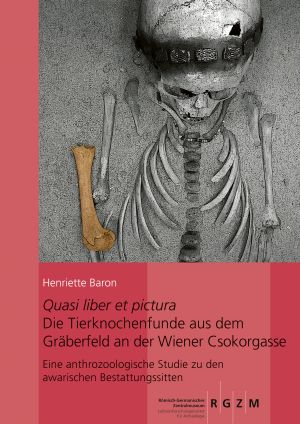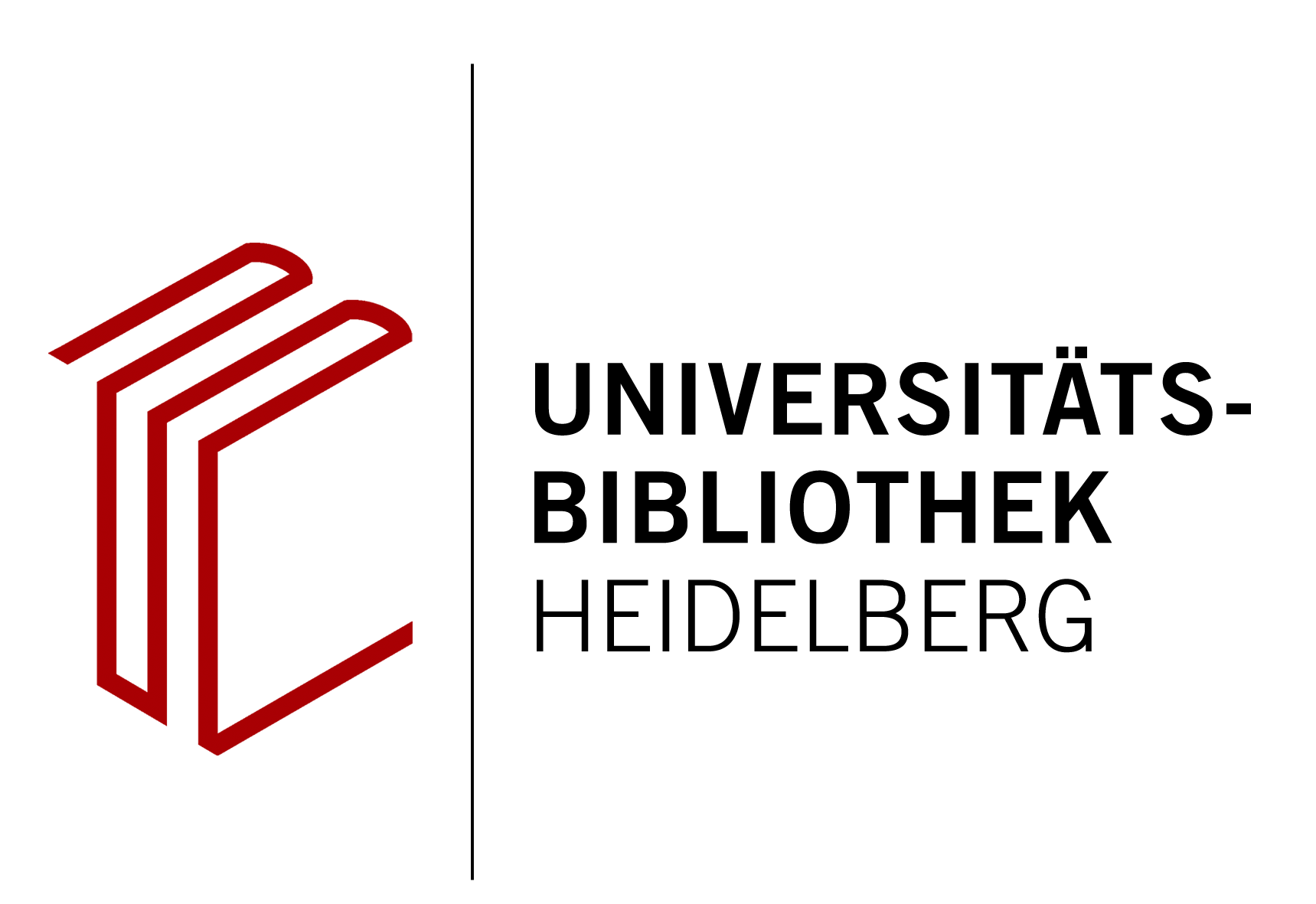Streinz, Ludwig
Quasi Liber et Pictura: Die Tierknochenfunde aus dem Gräberfeld an der Wiener Csokorgasse – eine anthrozoologische Studie zu den awarischen Bestattungssitten
Tierknochen in awarischen Gräberfeldern werden häufig als Speisebeigaben für die Toten oder unspezifisch als „Opfer“ gedeutet. Aber warum wählten die Awaren ganz bestimmte Tiere und Tierteile aus, um sie ihren Toten in das Grab zu legen?
Henriette Baron legt die Tierknochenfunde aus dem awarischen Gräberfeld an der Wiener Csokorgasse vor, analysiert die Beigabepraxis und gibt einen detaillierten Überblick zu awarischen Tierresten des 7. und 8. Jahrhunderts – mit dem Ziel, neue Erkenntnisse darüber zu gewinnen, was die Menschen eigentlich in den Tieren sahen. Dabei wird klar: Die Interpretation als Speisebeigaben greift bisweilen zu kurz; die ausgewählten Tiere und Tierteile trugen tiefere Bedeutungen. Zudem zeichnet sich über wenige Generationen ein Wandel der Beigabensitte ab, der sich mit grundlegenden gesellschaftlichen Veränderungen in Zusammenhang bringen lässt.
Wenn man genau hinguckt, sind Tiere „wie ein Buch und ein Gemälde“ – „quasi liber et pictura“ – ein Spiegel unseres Seins, wie Alain de Lille es im 12. Jahrhundert schrieb.







